I Was Told to Come Alone
by Souad Mekhennet
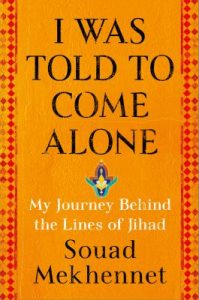 The journalist who broke the “Jihadi John” story draws on her personal experience to bridge the gap between the Muslim world and the West and explain the rise of Islamic radicalism. Souad Mekhennet has lived her entire life between worlds. The daughter of a Turkish mother and a Moroccan father, she was born and educated in Germany and has worked for several American newspapers. Since the 9/11 attacks she has reported stories among the most dangerous members of her religion. When she is told to come alone to an interview, she never knows what awaits at her destination. In this book, Mekhennet seeks to answer the question, “What is in the minds of these young jihadists, and how can we understand and defuse it?” She has unique and exclusive access into the world of jihad and sometimes her reporting has put her life in danger. We accompany her from Germany to the heart of the Muslim world — from the Middle East to North Africa, from Sunni Pakistan to Shia Iran, and the Turkish/ Syrian border region where ISIS is a daily presence. She then returns to Europe, first in London, where she uncovers the identity of the notorious ISIS executioner “Jihadi John,” and then in Paris and Brussels, where terror has come to the heart of Western civilization. Too often we find ourselves unable to see the human stories behind the headlines, and so Mekhennet — with a foot in many different camps — is the ideal guide to take us where no Western reporter can go.
The journalist who broke the “Jihadi John” story draws on her personal experience to bridge the gap between the Muslim world and the West and explain the rise of Islamic radicalism. Souad Mekhennet has lived her entire life between worlds. The daughter of a Turkish mother and a Moroccan father, she was born and educated in Germany and has worked for several American newspapers. Since the 9/11 attacks she has reported stories among the most dangerous members of her religion. When she is told to come alone to an interview, she never knows what awaits at her destination. In this book, Mekhennet seeks to answer the question, “What is in the minds of these young jihadists, and how can we understand and defuse it?” She has unique and exclusive access into the world of jihad and sometimes her reporting has put her life in danger. We accompany her from Germany to the heart of the Muslim world — from the Middle East to North Africa, from Sunni Pakistan to Shia Iran, and the Turkish/ Syrian border region where ISIS is a daily presence. She then returns to Europe, first in London, where she uncovers the identity of the notorious ISIS executioner “Jihadi John,” and then in Paris and Brussels, where terror has come to the heart of Western civilization. Too often we find ourselves unable to see the human stories behind the headlines, and so Mekhennet — with a foot in many different camps — is the ideal guide to take us where no Western reporter can go.
HV 6433 .I722 I8562 2017
Catalog Link – I was told to come alone
Boys Among Men
by Jonathan Abrams
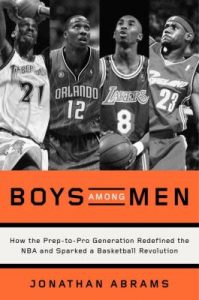 When Kevin Garnett shocked the world by announcing that he would not be attending college — as young basketball prodigies were expected to do — but instead enter the 1995 NBA draft directly from high school, he blazed a trail for a generation of teenage basketball players to head straight for the pros. That trend would continue until the NBA instituted an age limit in 2005, requiring all players to attend college or another developmental program for at least one year. Over that decade-plus period, the list of players who made that difficult leap includes some of the most celebrated players of the modern era — Garnett, Kobe Bryant, LeBron James, Dwight Howard, Tracy McGrady, and numerous other stars. It also includes notable “busts” who either physically or mentally proved unable to handle the transition. But for better or for worse, the face of the NBA was forever changed by the prep-to-pro generation.
When Kevin Garnett shocked the world by announcing that he would not be attending college — as young basketball prodigies were expected to do — but instead enter the 1995 NBA draft directly from high school, he blazed a trail for a generation of teenage basketball players to head straight for the pros. That trend would continue until the NBA instituted an age limit in 2005, requiring all players to attend college or another developmental program for at least one year. Over that decade-plus period, the list of players who made that difficult leap includes some of the most celebrated players of the modern era — Garnett, Kobe Bryant, LeBron James, Dwight Howard, Tracy McGrady, and numerous other stars. It also includes notable “busts” who either physically or mentally proved unable to handle the transition. But for better or for worse, the face of the NBA was forever changed by the prep-to-pro generation.
POP GV 885.514 .A37 2016
Catalog Link – Boys Among Men
I Can’t Make This Up
by Kevin Hart
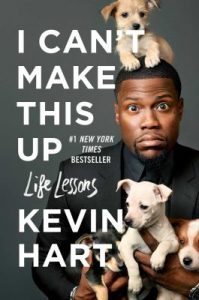 Actor and comedian Kevin Hart grew up in North Philadelphia. His father was a drug addict who was in and out of jail. His brother was a crack dealer and petty thief. And his mother was overwhelmingly strict, beating him with belts, frying pans, and his own toys. In his literary debut, he takes the reader on a journey through what his life was, what it is today, and how he’s overcome each challenge to become the man he is today. Hart sees life as a collection of chapters that each person gets to write for himself or herself. “Not only do you get to choose how you interpret each chapter, but your interpretation writes the next chapter,” he says. “So why not choose the interpretation that serves your life the best?”
Actor and comedian Kevin Hart grew up in North Philadelphia. His father was a drug addict who was in and out of jail. His brother was a crack dealer and petty thief. And his mother was overwhelmingly strict, beating him with belts, frying pans, and his own toys. In his literary debut, he takes the reader on a journey through what his life was, what it is today, and how he’s overcome each challenge to become the man he is today. Hart sees life as a collection of chapters that each person gets to write for himself or herself. “Not only do you get to choose how you interpret each chapter, but your interpretation writes the next chapter,” he says. “So why not choose the interpretation that serves your life the best?”
POP PN 2287 .H26 A3 2017
Catalog Link – I Can’t Make This Up

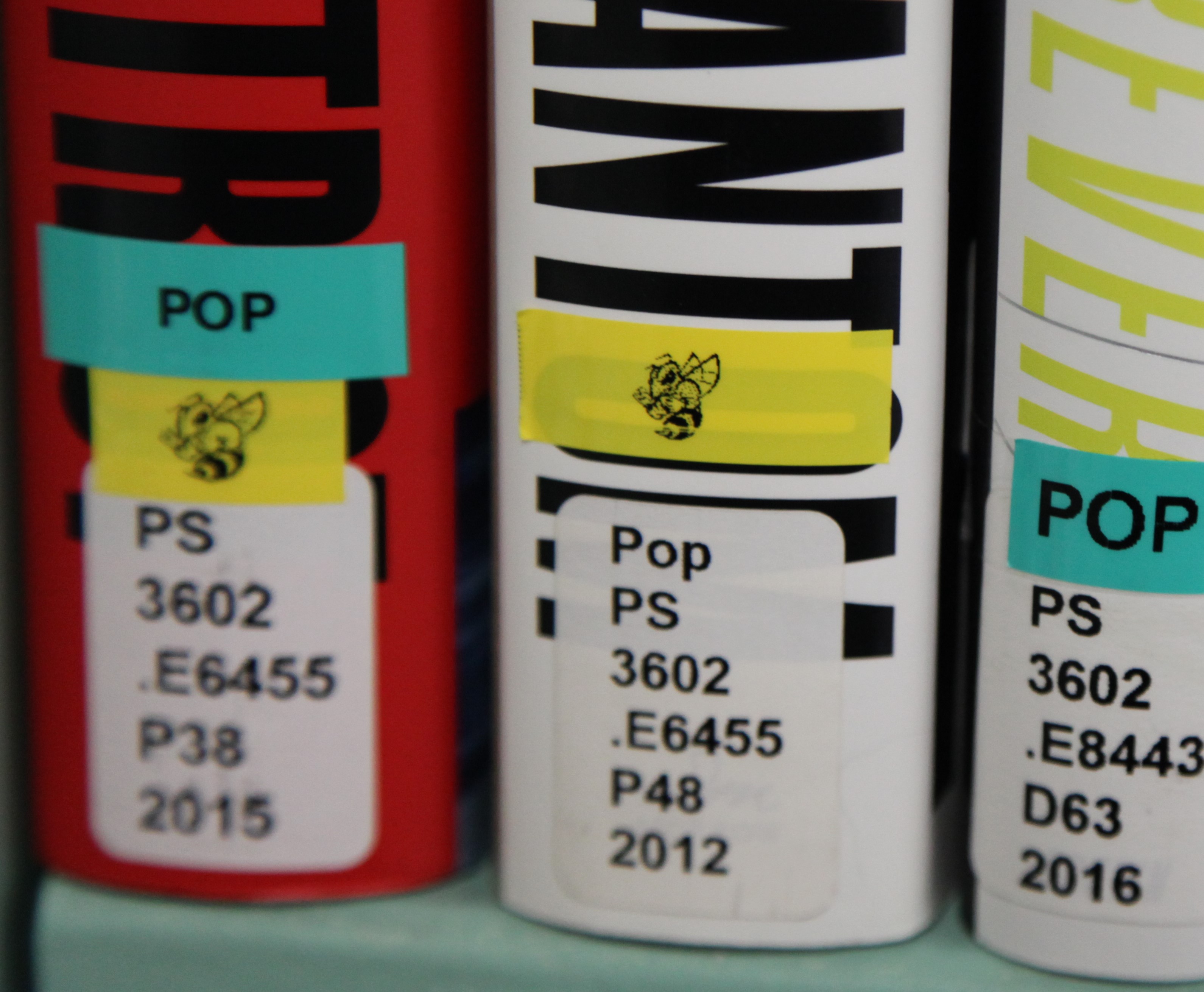 A yellow jacket sticker on the spines of books in the library indicates that the work was written by a member of the Randolph-Macon College community. The McGraw-Page Library has nearly 1000 works written by current and former R-MC students, faculty, and staff. Books by Randolph-Macon College writers are found in the College Archives and the Juvenile and Popular Reading collections, as well as in the circulating collection on the second floor.
A yellow jacket sticker on the spines of books in the library indicates that the work was written by a member of the Randolph-Macon College community. The McGraw-Page Library has nearly 1000 works written by current and former R-MC students, faculty, and staff. Books by Randolph-Macon College writers are found in the College Archives and the Juvenile and Popular Reading collections, as well as in the circulating collection on the second floor.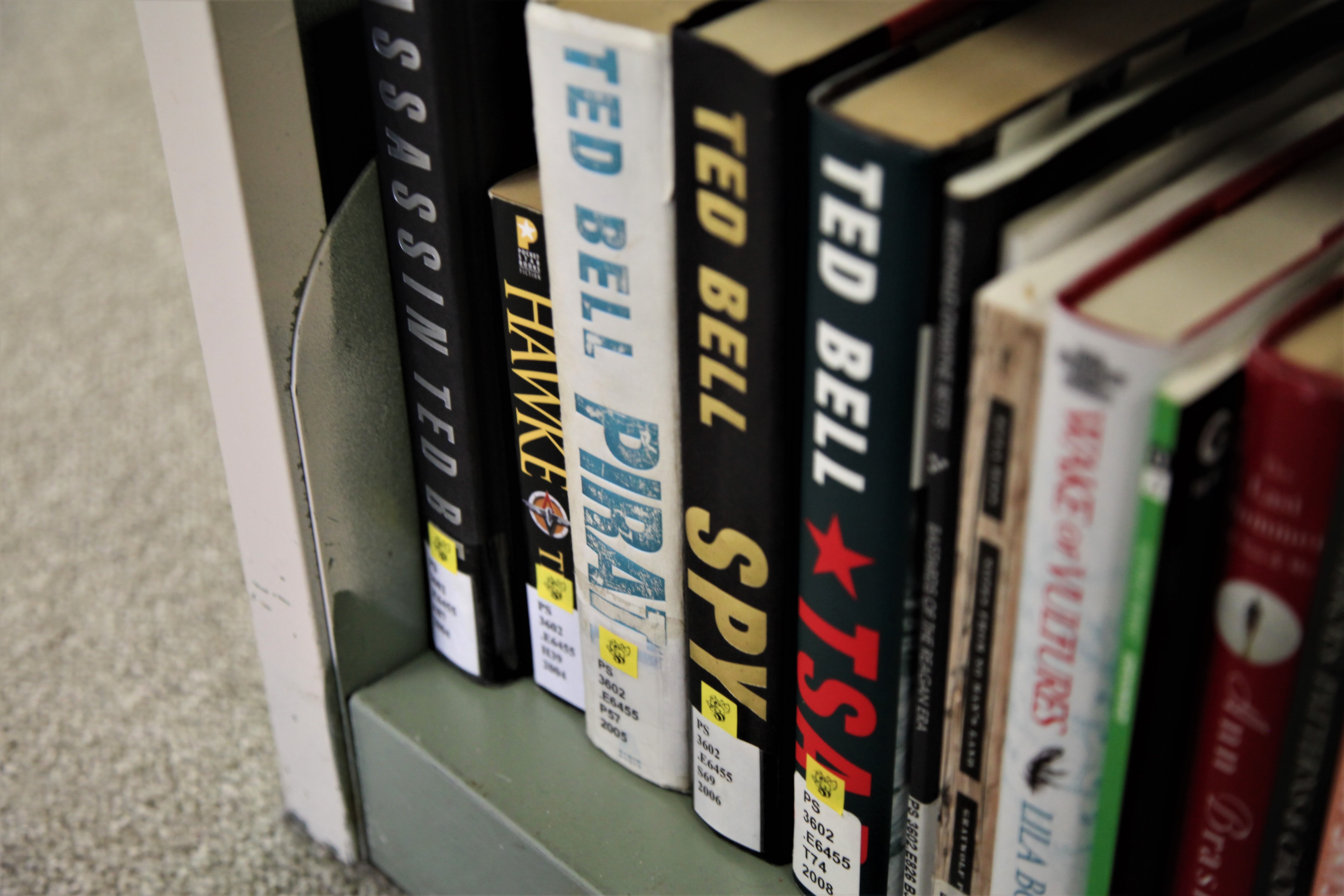
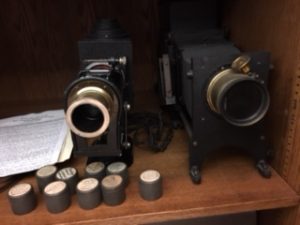
 The journalist who broke the “Jihadi John” story draws on her personal experience to bridge the gap between the Muslim world and the West and explain the rise of Islamic radicalism. Souad Mekhennet has lived her entire life between worlds. The daughter of a Turkish mother and a Moroccan father, she was born and educated in Germany and has worked for several American newspapers. Since the 9/11 attacks she has reported stories among the most dangerous members of her religion. When she is told to come alone to an interview, she never knows what awaits at her destination. In this book, Mekhennet seeks to answer the question, “What is in the minds of these young jihadists, and how can we understand and defuse it?” She has unique and exclusive access into the world of jihad and sometimes her reporting has put her life in danger. We accompany her from Germany to the heart of the Muslim world — from the Middle East to North Africa, from Sunni Pakistan to Shia Iran, and the Turkish/ Syrian border region where ISIS is a daily presence. She then returns to Europe, first in London, where she uncovers the identity of the notorious ISIS executioner “Jihadi John,” and then in Paris and Brussels, where terror has come to the heart of Western civilization. Too often we find ourselves unable to see the human stories behind the headlines, and so Mekhennet — with a foot in many different camps — is the ideal guide to take us where no Western reporter can go.
The journalist who broke the “Jihadi John” story draws on her personal experience to bridge the gap between the Muslim world and the West and explain the rise of Islamic radicalism. Souad Mekhennet has lived her entire life between worlds. The daughter of a Turkish mother and a Moroccan father, she was born and educated in Germany and has worked for several American newspapers. Since the 9/11 attacks she has reported stories among the most dangerous members of her religion. When she is told to come alone to an interview, she never knows what awaits at her destination. In this book, Mekhennet seeks to answer the question, “What is in the minds of these young jihadists, and how can we understand and defuse it?” She has unique and exclusive access into the world of jihad and sometimes her reporting has put her life in danger. We accompany her from Germany to the heart of the Muslim world — from the Middle East to North Africa, from Sunni Pakistan to Shia Iran, and the Turkish/ Syrian border region where ISIS is a daily presence. She then returns to Europe, first in London, where she uncovers the identity of the notorious ISIS executioner “Jihadi John,” and then in Paris and Brussels, where terror has come to the heart of Western civilization. Too often we find ourselves unable to see the human stories behind the headlines, and so Mekhennet — with a foot in many different camps — is the ideal guide to take us where no Western reporter can go. When Kevin Garnett shocked the world by announcing that he would not be attending college — as young basketball prodigies were expected to do — but instead enter the 1995 NBA draft directly from high school, he blazed a trail for a generation of teenage basketball players to head straight for the pros. That trend would continue until the NBA instituted an age limit in 2005, requiring all players to attend college or another developmental program for at least one year. Over that decade-plus period, the list of players who made that difficult leap includes some of the most celebrated players of the modern era — Garnett, Kobe Bryant, LeBron James, Dwight Howard, Tracy McGrady, and numerous other stars. It also includes notable “busts” who either physically or mentally proved unable to handle the transition. But for better or for worse, the face of the NBA was forever changed by the prep-to-pro generation.
When Kevin Garnett shocked the world by announcing that he would not be attending college — as young basketball prodigies were expected to do — but instead enter the 1995 NBA draft directly from high school, he blazed a trail for a generation of teenage basketball players to head straight for the pros. That trend would continue until the NBA instituted an age limit in 2005, requiring all players to attend college or another developmental program for at least one year. Over that decade-plus period, the list of players who made that difficult leap includes some of the most celebrated players of the modern era — Garnett, Kobe Bryant, LeBron James, Dwight Howard, Tracy McGrady, and numerous other stars. It also includes notable “busts” who either physically or mentally proved unable to handle the transition. But for better or for worse, the face of the NBA was forever changed by the prep-to-pro generation. Actor and comedian Kevin Hart grew up in North Philadelphia. His father was a drug addict who was in and out of jail. His brother was a crack dealer and petty thief. And his mother was overwhelmingly strict, beating him with belts, frying pans, and his own toys. In his literary debut, he takes the reader on a journey through what his life was, what it is today, and how he’s overcome each challenge to become the man he is today. Hart sees life as a collection of chapters that each person gets to write for himself or herself. “Not only do you get to choose how you interpret each chapter, but your interpretation writes the next chapter,” he says. “So why not choose the interpretation that serves your life the best?”
Actor and comedian Kevin Hart grew up in North Philadelphia. His father was a drug addict who was in and out of jail. His brother was a crack dealer and petty thief. And his mother was overwhelmingly strict, beating him with belts, frying pans, and his own toys. In his literary debut, he takes the reader on a journey through what his life was, what it is today, and how he’s overcome each challenge to become the man he is today. Hart sees life as a collection of chapters that each person gets to write for himself or herself. “Not only do you get to choose how you interpret each chapter, but your interpretation writes the next chapter,” he says. “So why not choose the interpretation that serves your life the best?”